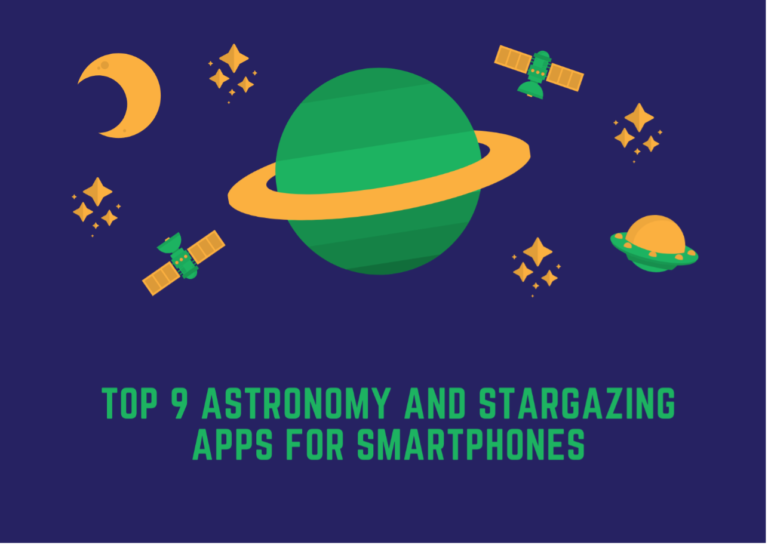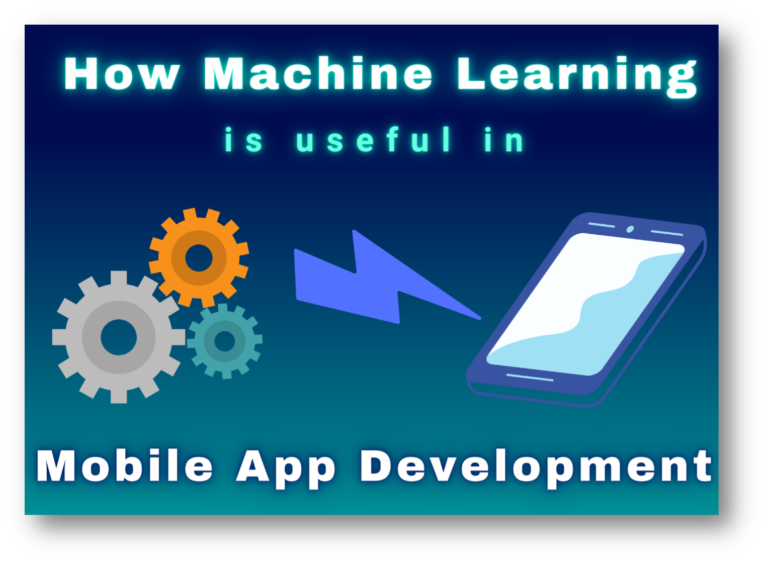John Kitzhaber, an American former politician rightly said, “Telemedicine is a game-changer. It’s allowing us to bring critical healthcare services to millions of Americans who previously had limited access.” Telemedicine has quickly become a familiar term and has proven to be a powerful tool in increasing efficiency and delivering quality patient care. In this article, we aim to provide you with a comprehensive understanding of telemedicine.

What is telemedicine?
Essentially telemedicine makes use of electronic communication to transfer medical information from one place to another. Technologies such as video conferencing, remote monitoring devices, and mobile applications form the core of this concept.
In all fairness, the birth of the telephone in the late 1800s was one the earliest milestone as it allowed doctors to pass on valuable information and advice from one location to another. There were other stepping stones too, that led telemedicine to become indispensable. While the invention of the telephone and the radio were early milestones in telemedicine, there have been many other technological advances that have enabled it to become an integral part of modern healthcare, such as the internet, wearable devices, and cloud computing.
Although mobile and online applications have made it more convenient for patients to access medical care, it’s important to recognize that telemedicine is not a panacea and there is still a need for in-person care in many cases.
Talking about stats, according to research published in the Journal of Medical Internet Research, the use of telemedicine has resulted in a 44% reduction in hospital readmissions for heart failure patients. The COVID-19 pandemic has accelerated the adoption of telemedicine, leading to a projected market value of $185.6 billion by 2026. These statistics highlight the potential of telemedicine to provide much-needed relief for healthcare providers and patients alike.
Applications: 6 Major Areas Where Telemedicine Can Be Applied
Application#1 Remote monitoring: The Remote Monitoring Program by the Veterans Health Administration serves millions of veterans in the US with chronic conditions like diabetes, hypertension, and heart disease, allowing healthcare providers to remotely monitor and manage their health. Studies indicate that this program has led to a notable decrease in hospital readmissions and emergency room visits for patients with heart failure. Furthermore, a report from Grand View Research estimates that the telemedicine market for remote monitoring will reach $117.1 billion by 2025.
https://www.grandviewresearch.com/
Application#2 Mental health care: The COVID-19 pandemic has highlighted the importance of mental health, and teletherapy has emerged as a viable option for mental health care. Studies have shown that teletherapy can be just as effective as in-person therapy. The market for mental health apps was valued at $5.2 billion in 2022 and is projected to grow at a rate of 15.9% from 2023 to 2030. Online therapy sessions are offered by mental health apps like Talkspace and BetterHelp, and crisis intervention can also be provided remotely.
Application#3: Remote consultations: The popularity of remote consultations has increased significantly due to video conferencing, messaging, and other technologies. In fact, a report by Fortune Business Insights predicts that this market will reach up to $66.3 billion by 2026. Remote consulting offers platforms like:
https://www.fortunebusinessinsights.com/
Teledoc: Virtual consultations with licensed doctors and therapists.
Amwell: Board-certified doctors and therapists provide remote consultations.
Doctors on Demand: Using the telemedicine platform licensed physicians psychiatrists, and therapists can offer remote consultations.
Application#4 Chronic Health Management: Chronic Health Management is particularly useful for elderly individuals or those who live alone. It offers a cost-effective approach to managing and monitoring patients with chronic illnesses. With home-monitoring systems in place, patients’ vitals, stats, blood pressure, glucose levels, and heart rates can be recorded remotely. According to a study by Global Market Insights Project, the chronic disease management market is expected to reach $40 billion by 2026. Livongo is taking steps to make virtual care the primary option for healthcare by providing remote monitoring services for patients with chronic illnesses.
Application#5 Telepharmacy: Telepharmacy enables healthcare providers to remotely deliver pharmaceutical care to patients through telecommunication technology. This includes medication counseling, medication therapy management, medication education, and prescription verification, all without the need for physical presence. Telepharmacy has been shown to decrease medication-related hospitalizations. CVS Pharmacy Live Chat, a telepharmacy service is offered by CVS Health, a retail pharmacy chain in the United States. This received a good response, which explains why this industry was valued at USD 3.31 billion in 2020 and is expected to grow at a (CAGR) of 7.9% from 2021 to 2028.
Application#6 Tele-Education: Continuous learning is essential for healthcare professionals, and Tele-Education is one of the most effective applications of telemedicine in facilitating this. It provides healthcare professionals with access to continuous education, which they can undertake at any time and from any location. One of the benefits of Tele-Education is its ability to offer Specialty Training, which can help increase the adoption and utilization of telemedicine services. Tele-Education also provides Patient Education, Medical School Education, and Interprofessional Education, which help patients and healthcare professionals improve their knowledge and skills in various fields of medicine. Overall, Tele-Education is an important tool that enables healthcare professionals to keep up-to-date with the latest developments in their field and provide better care to their patients.
What are the Types of telemedicine?
- Store-and-forward telemedicine
It is a process that involves the transfer of medical information such as images, test results, videos, and more between two healthcare providers. It does not involve real-time interaction.
- Remote patient monitoring
In this type of telemedicine, medical information is collected from the patient’s house and transmitted to a healthcare provider. Data such as blood pressure, heart rate blood sugar, etc are monitored using wearable devices.
- Interactive services in real-time
This allows for live communication between healthcare providers and patients in a virtual setting, replicating the experience of an in-person visit. These services can be delivered through various channels, such as video consultations, phone calls, and instant messaging, providing patients with convenient access to healthcare services.
- Mobile health
Smartphones, tablets, wearables and other devices are used to deliver healthcare services remotely. This allows communication anytime and anywhere.
Trends Shaping the Future of Telemedicine in Healthcare
- The rise of Remote Patient Monitoring (RPM):
The rise of RPM has certainly transformed the telemedicine sector, enabling countless patients to manage their health from the comfort of their homes. In 2020, the RPM market was valued at USD 717.1 million, and it is expected to grow at a CAGR of 19.8% until 2028. By reducing the need for in-person visits, RPM has also helped to reduce healthcare costs. With these stats, we can safely say that PRM will integrate even more into the healthcare sector,
- The emergence of AR/VR: The emergence of AR/VR in telemedicine has opened up new possibilities in medical training, pain management, mental health assistance, remote consultations, and more. As the technology continues to evolve and improve, it is expected to have an even greater impact on the field of telemedicine.
- The boom of AI: AI in telemedicine has been transformative for the industry. The market for AI in healthcare is expected to reach $31.3 billion by 2025, and AI has the potential to improve healthcare outcomes like never before. With its ability to analyze large amounts of data and provide insights for healthcare providers, AI is poised to revolutionize the field of telemedicine.
- Telepsychiatry: Telepsychiatry saw a boom during the COVID-19 pandemic, and since then, it has continued to grow as a trend in telemedicine. It has been shown to improve access to care, reduce healthcare costs, and has been well-received by both patients and providers.
- Integration with Electronic Health Records (EHRs): The trend of integrating telemedicine with electronic health records (EHRs) has seen a steady rise since 2020, and it continues to transform the healthcare sector. Studies have shown that over 97% of hospitals have integrated EHRs, indicating the widespread adoption of this technology. The integration of telemedicine with EHRs provides numerous benefits, including improved data sharing and streamlined documentation and billing, and it is likely to become even more common as EHR adoption continues to increase.
Conclusion
Telemedicine is poised for a promising future, thanks to several ground-breaking trends such as the integration of remote patient monitoring, artificial intelligence, augmented and virtual reality, cybersecurity, and electronic health records. These innovations have already transformed the telemedicine landscape, and are expected to drive the global market value of telemedicine to $155.1 billion by 2028. As the field continues to evolve, we can expect to see even more advancements and surprises. If you have any further inquiries, please don’t hesitate to reach out to us at: https://www.app-scoop.com/contact-us.html our competent team to get things started.
Why partner with us?
- Our three pillars are value-focused, rapid prototyping, and agile at the core.
- We believe in innovation, and we are open to new ideas.
- Our work of expertise in app development is impeccable.
- We are in constant pursuit of excellence.
- Our value-for-money apps guarantee sure-shot business growth.
- Our fast tech support and our free-flowing customer relationship define our work ethics.









